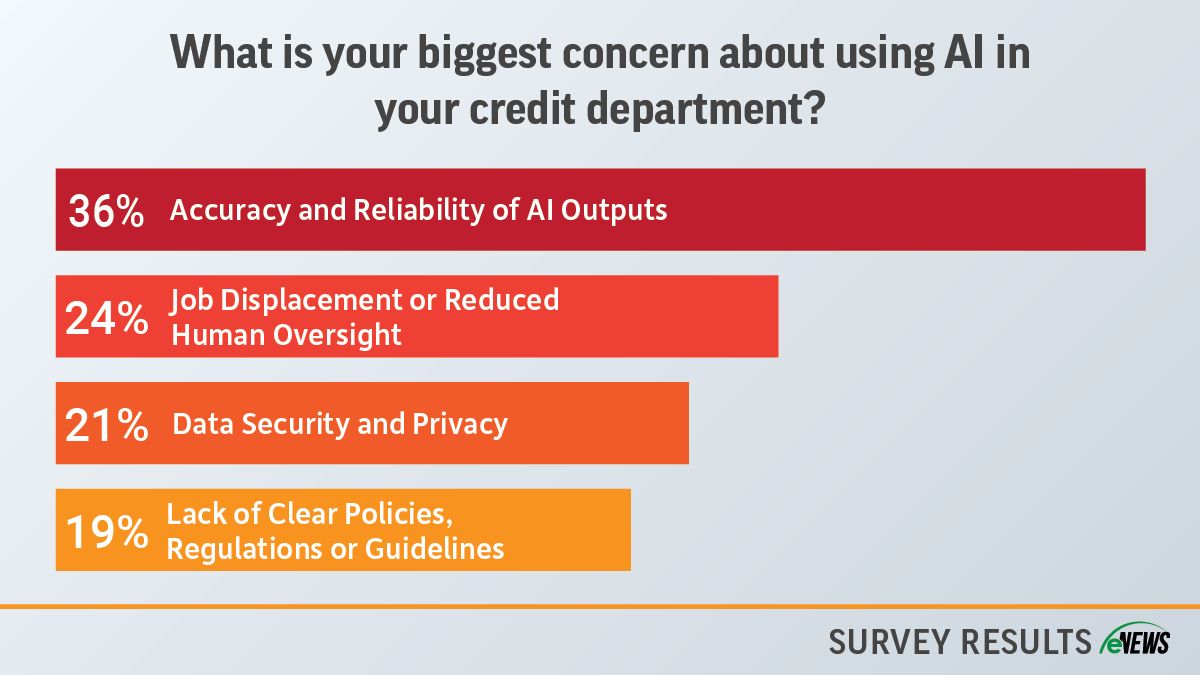Construction, eNews
Avoid Flow-Down Clauses in Construction Contracts

Contracts are the foundation of construction projects. They provide written documentation of what the scope of the work will be, terms, budget, obligations and more. It is imperative to thoroughly read the terms you will be agreeing to before signing any contract at all.
Certain provisions, such as flow-down may legally bind the subcontractor and/or materials suppliers to the general contractor in the same way the general contractor is bound to the project owner. Under this provision, the owner can also push the insurance element (indemnity) down to the general contractor. So, for example, if a person gets hurt or property is damaged, the general contractor can transfer indemnity for insurance purposes down to the subcontractor. The subcontractor may then try to transfer it down to the material supplier and so forth.
A flow-down clause could be as simple as a pay-if-paid or a pay-when-paid clause, explained Chris Ring of NACM’s Secured Transaction Services. “If either clause happens between the owner and the general contractor, there could be a flow-down clause that transfers down to the subcontractor and the material supplier,” Ring said. “Anyone involved in the project may be subject to this contract language. Somewhere in the language of a contract, there may be a transfer of indemnity or some kind of risk from one party to another.”
Construction flow-down clauses are a risk-shifting tool for general contractors and subcontractors. The clauses are essential in establishing all rights, duties and obligations of each party. And in some cases, subcontractors may accept a flow-down provision without reviewing the contract in its entirety, skipping over any potential liabilities included. Material suppliers should also take precautions to make sure none of the flow-down clauses are incorporated into the terms and conditions of sale for their goods. “Savvy subcontractors will often use a similar flow-down provision in purchase orders issued to their material suppliers,” said Christopher Ng, managing partner at Gibbs Giden Locher Turner Senet & Wittbrodt LLP (Los Angeles, CA). “In fact, credit professionals, financial executives and other risk managers for material suppliers should consider flow-down language to be just as important as a customer’s indemnity, warranty and payment terms.”
One of the first steps in taking precautionary measures is to identify the flow-down clauses presented in the contract itself. Because flow-down clauses can come in a variety of forms and substance, it is common for additional terms and provisions to be included in other documents as well. However, if a flow-down provision appears in a purchase order, a copy of the documents from where the obligations originated from should be requested.
“The biggest overarching concern is that you, as the supplier or person signing the subcontract, are now accepting terms in a contract that you’ve never seen before,” said Michael Murray, Esq., associate attorney at Lanak & Hanna, P.C. (Orange, CA). “You’re stepping outside of your credit terms and you’re instead signing the contractor’s subcontract. And that subcontract has a provision, which means you now take on the responsibility without knowing.”
Before signing the contract, it is possible to object and propose alternative terms or not complete the transaction until an agreement is made between both parties. For example, clauses dealing with termination, dispute resolution, warranties and risk of loss.
“The extent to which you can avoid signing subcontracts and forcing customers to be bound by your terms and conditions is always better,” Murray said. “Our credit applications and terms and conditions in the credit world are catered to be favorable to us as the credit seller and when you are accepting the subcontract, that subcontract is generally tailored to benefit the customer and contractor.”





